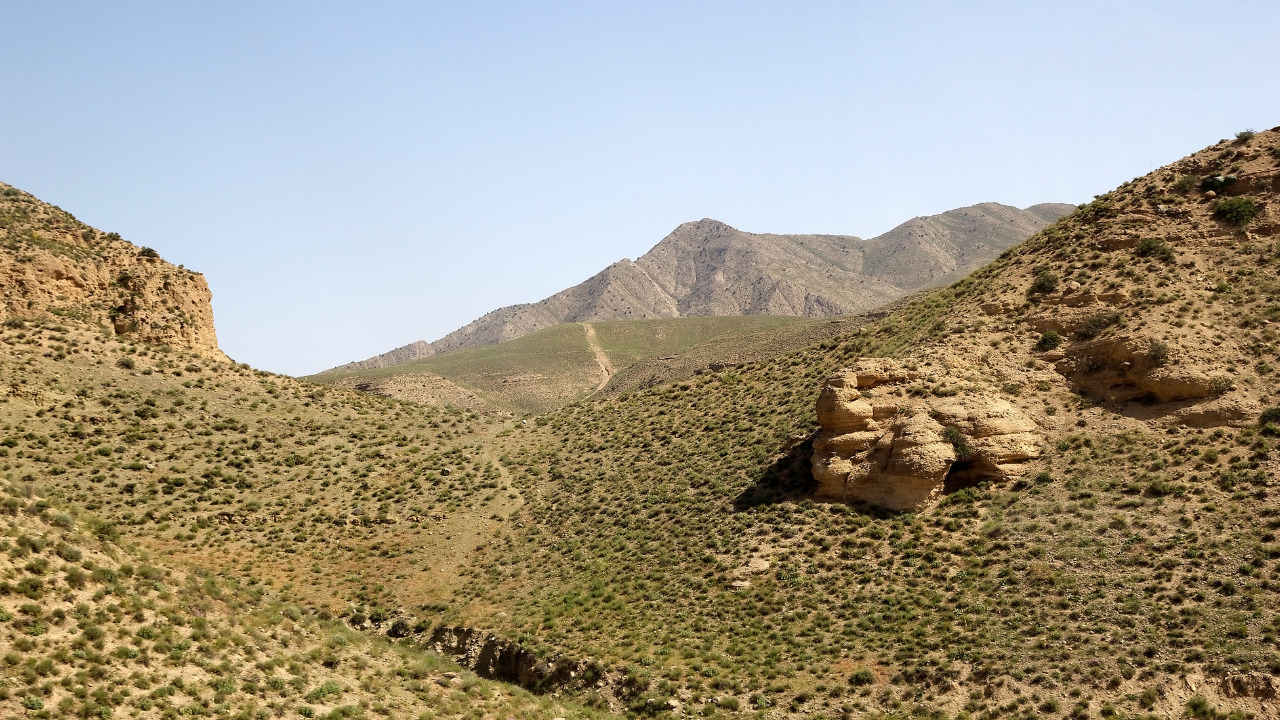Date first published: 20/01/22
Key sectors: oil and gas
Key risks: economic risks
Risk development
On 11 January the Taliban’s Foreign Minister Amir Khan Muttaqi stated that Kabul will soon sign seven remaining agreements concerning the Turkmenistan-Afghanistan-Pakistan-India (TAPI) gas pipeline, a Turkmen project which would carry 33bcm of natural gas each year from Galkynysh to the Indian city of Fazilka. Although Mutaqqi indicated that work on the Afghan section of the pipeline could resume in March, the future of the project remains uncertain due to lack of financial resources and unstable security situation in Afghanistan as well as Pakistan’s Balochistan region.
Why it matters
Although Turkmenistan is the world’s fourth-largest gas supplier, it has limited infrastructure to export its resources. The TAPI pipeline would allow Turkmenistan to export significantly more gas, constituting an economic boost desperately needed by Turkmenistan’s deteriorating economy. Although Russian Gazprom announced in December that it had doubled its imports from Turkmenistan to 10bcm in 2021, China remains its main customer, purchasing 40bcm annually. Being the largest customer and having further gas resources available gives Beijing leverage over Turkmen gas revenues. TAPI would strategically benefit the country by diversifying its export customer base and thus decreasing its dependence on China.
Background
The TAPI pipeline was proposed in the 1990s by former president Saparmurat Niyazov, generating interest from the world biggest gas companies. In 1995, a consortium led by US-based energy company Unocal won the rights to the project. However, as hostility between the US and Taliban increased, Unocal withdrew from the project in 1998. New hope emerged after the four countries signed the intergovernmental agreement on the pipeline in 2010. In 2015 Ashgabat announced it had begun to work on its section of the pipeline.
Kabul began preparing the route for the pipeline in February 2018. However, it suspended the work in mid-2018 after unidentified gunmen killed five mine clearance workers and kidnapped a worker in the Kandahar province of the country. In 2020 the Afghan government stated that the work would resume in 2021. However, due to the Taliban’s takeover, the project was further delayed.
Risk outlook
Despite current positive momentum, the future of TAPI remains uncertain for two major reasons. First, while the estimated cost of the pipeline is US$10bln, Turkmenistan has only pledged US$1.7bln whilst the Asian Development Bank (ADB) has indicated it would contribute US$1bln in loans. The remaining finance should come from commercial sources, lending to each of the four individual governments based on sovereign guarantees. However, commercial institutions have proved hesitant to participate in the project, particularly due to the involvement of Taliban and a lack of transparency in Turkmenistan.
Second, securing the pipeline from attacks both during and post-construction will be challenging. Although Taliban has pledged to dedicate a unit of 30,000 troops to protect the pipeline, it is uncertain whether it can protect it from the country’s growing Islamic State Khorasan Province insurgency. While TAPI would avoid the most unstable Nangahar province, the recent rise of incidents underscores Taliban’s struggle to provide security in all Afghan regions, including Taliban’s stronghold Kandahar, one of the provinces through which the pipeline would run. Beyond Afghanistan, the TAPI pipeline would face major physical risks in Pakistan, especially in the country’s western Balochistan province which is currently facing a major separatist insurgency which has on several occasions targeted foreign development projects in the province, including multiple targetings of Chinese project engineers.

